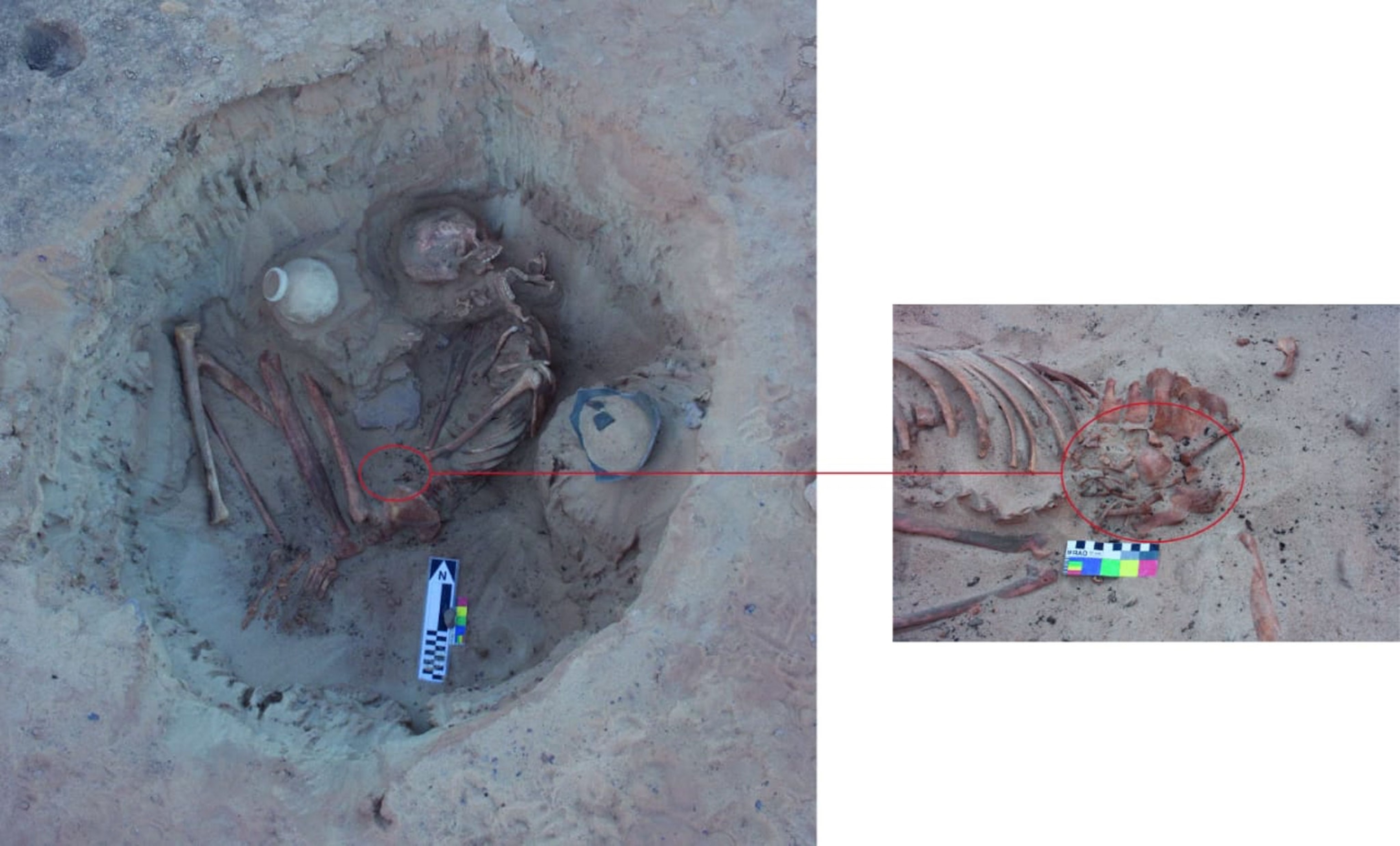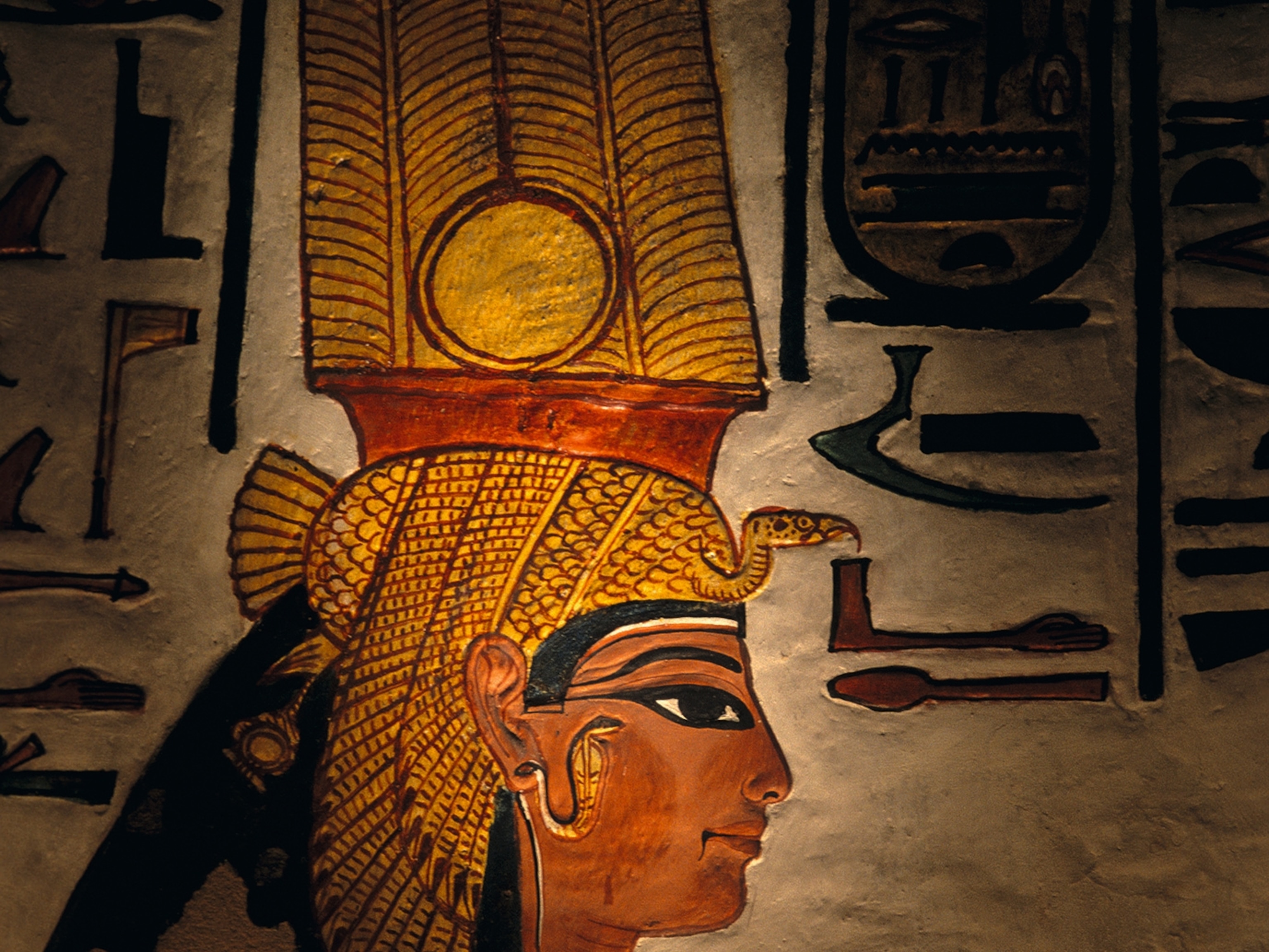In ancient Egypt, pregnant women prayed to Taweret, the hippo god of childbirth, and Bes, the dwarf god of war who protected small children and mothers. For protection, they wore amulets in necklaces and bracelets. Being a mother formalized their role in society, and boosted their social status. The ancient culture revered children and worshiped fertility, yet childbirth was often deadly.

A newly discovered grave in Egypt of a 3,700-year-old woman pregnant with a near-term baby could hold clues to maternal mortality in ancient times. According to an announcement from the Ministry of Antiquities on Wednesday, a joint Italian-American excavation uncovered the skeleton in a cemetery near Aswan in southern Egypt with the baby in her pelvic area found in a head-down position, hinting that death may have been caused by childbirth.
The discovery of a fetus still inside a woman from this period is extremely rare, says professor Sandra Wheeler, a bioarchaeologist and professor at the University of Central Florida. “This reinforces the idea that childbirth was precarious and that maternal mortality was something people faced all the time,” she says. “It’s something women still deal with today.”
Without the presence of soft tissues, Wheeler warns that it’s impossible to determine the cause of this woman’s death with certainty. The press release of the discovery noted that the mother’s pelvis was misaligned, which, she says, could be a sign of trauma or malnutrition during the woman’s critical development years. These clues, she says, “tell us about [women’s] lives and their childhoods.”
Though Wheeler is not involved in this recent discovery, she and other archaeologists are building a picture of women in ancient Egypt from pregnancy to childbirth to baby weaning. They’re excavating a cemetery in Dakhla Oasis in the western desert of Egypt, where 200 premature fetuses that were likely miscarriages had been buried individually. “It gets into the idea of personhood,” she says. “Were they considered full people? They’re being buried like they were.”
It’s difficult to gauge the rates or precise causes of maternal mortality in ancient Egypt, but researchers are looking at modern data from communities that still don’t have access to medical professionals or clinics to understand risks faced thousands of years ago. “We think of [maternal and infant mortality] as an ancient problem, but it’s not,” says Wheeler.






